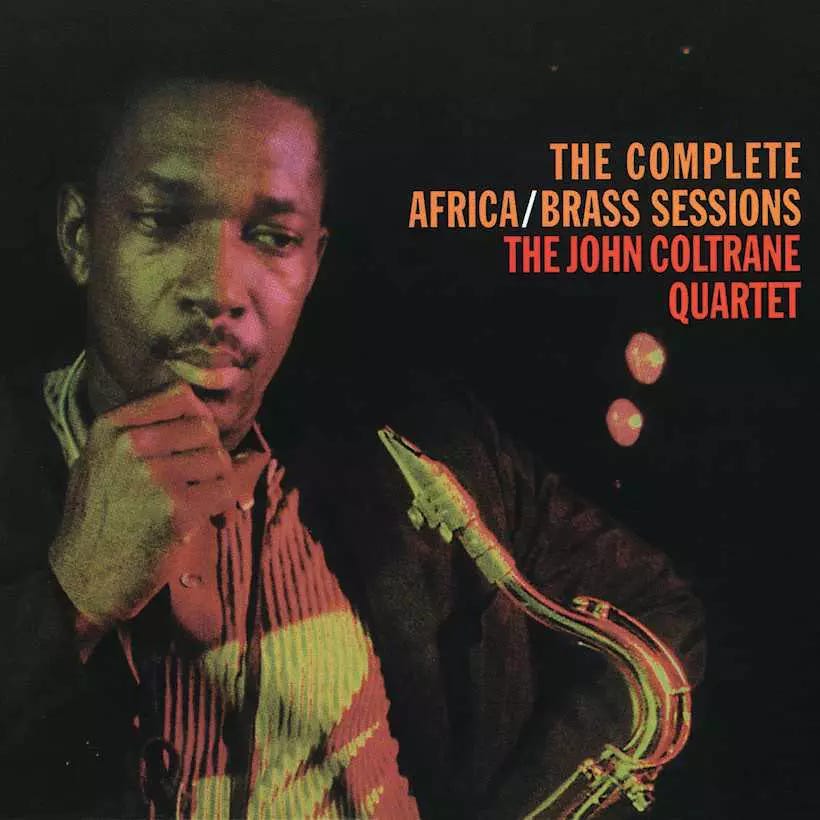The New Cue #297 June 30: Nicky Wire, Grian Chatten, Sampha, Blur, Animal Collective, bdrmm, Joanna Sternberg
"I get messages like, ‘can you stop writing songs about me?'"
Hello TNC crew,
Here we are again, bringing that Friday feeling into your inbox. Have you ever met anyone who doesn’t like Friday? No, because Friday is Friday, Friday is Recommender Friday, Friday is when Robert Smith falls in love, Friday is long, Friday is good, Friday is freaky, there is no reason not to love Friday, unless you’re Jesus which is fair enough.
In today’s edition, we’ve got two mind-blower selections courtesy of Hull indie-rockers bdrmm and US singer-songwriter Joanna Sternberg. In between is where all the recommending happens, so much bloody recommending, you’re gonna love it.
But remember, there’s a paywall to get there. That’s because, as my mum always said, if you’re good at something you shouldn’t do it for free. My mum didn’t actually say that, it was the Joker in The Dark Knight. But it’s true! And we are good at recommending. It costs £5 a month to subscribe. At least just think about it if you don’t already. It’s the difference between us liking you and thinking you’re a massive cheapskate.
Was that too harsh? Here’s a playlist so you forget all about it:
Enjoy the edition, love you if you already subscribe,
Ted, Niall and Chris
An Album To Blow Your Mind #1
bdrmm bassist Jordan Smith on a reissued jazz classic.
If Hull quartet bdrmm sound like a band who made up their name on the spot because they were uploading their music to the internet and couldn’t think of anything else, then that’s because they are. Thankfully, they put a little more effort into their music and excellent second record I Don’t Know is out today on Rock Action. Their charming 2020 debut Bedroom was all lo-fi indie-pop and shoegazing soundscapes but here, everything is upped – the songs, which flex between Radiohead-y chord structures, hypnotic beats, art-rock wigouts and more, are better and the sonics are more expansive. And it’s only eight songs long! Other bands, take heed. Have a listen:
Here, bassist Jordan Smith picks a mind-blower for us…
The John Coltrane Quartet
Africa/Brass (1961)
“My various odysseys to the record shop growing up invariably ended in a section that I held with both reverie and blind optimism – the jazz section. I was hardly a connoisseur of this kind of music, and still haven’t scratched the surface of what I’ll come to enjoy in the rest of my life in the genre, but the romance of those dimly lit rooms occupied by abstract covers and brimming with the stories and ideas from our past generations most daring and monumental composers struck a chord within me. Upon searching I’d always think to myself the same questions: Why were the record covers far more adventurous than anything else in the shop? And most importantly, what music could they possibly contain?
The vinyl copy I own of this record is a bright orange reissue from Waxtime In Colour. Stark in its minimalism, Coltrane towers over the front cover, stood off to the side in quiet contemplation, doused in the most luminous yellow and red light. The only company offered behind him is two lights, their outline masked by the darkness, and the record title stood brazenly in the same colours that mark Coltrane.
Recorded early in his career, this was John Coltrane’s first album with a big band, and he used everything in his arsenal to develop an ear-splitting sound using a musical concept that I’ve become infatuated with throughout my time listening to music – Drone. Here, French horns, trumpets, tubas, euphoniums, double bass, and reed instrumentation build and fall in a dance of instrumental constancy to create an almighty and unsettling whirlpool of sound. As the flurry of noise fully takes effect, in enters Trane with an outbreak of notes, angular and wild, furiously cascading through scales whilst the drums play fast and loose, propelling the whole arrangement forward.
Coltrane writes in the records liner notes that he tried to create ‘sheets of sound’ across the record, experimenting with new ideas to develop his individuality in the genre. Motifs are established according to the scales of a single chord as opposed to conventional chordal interchange, a conceit which interested a young Steve Reich and sprouted in him the first notions of minimalist composition that marked his later career.
It is not a record I return to as often as I maybe should, but one thing is for certain, it still means as much to me as it did when I was sat on my bedroom floor listening on a shitty Crosley record player, dodging the crackle and the hiss in search of this otherworldly and frightening music from, what seemed to me, a distant age.
Oh, and the B side has a cover of Greensleeves. I don’t remember that being on this record. Good work, John. If the title track doesn’t blow your mind, that will.”
Keep reading with a 7-day free trial
Subscribe to The New Cue to keep reading this post and get 7 days of free access to the full post archives.




